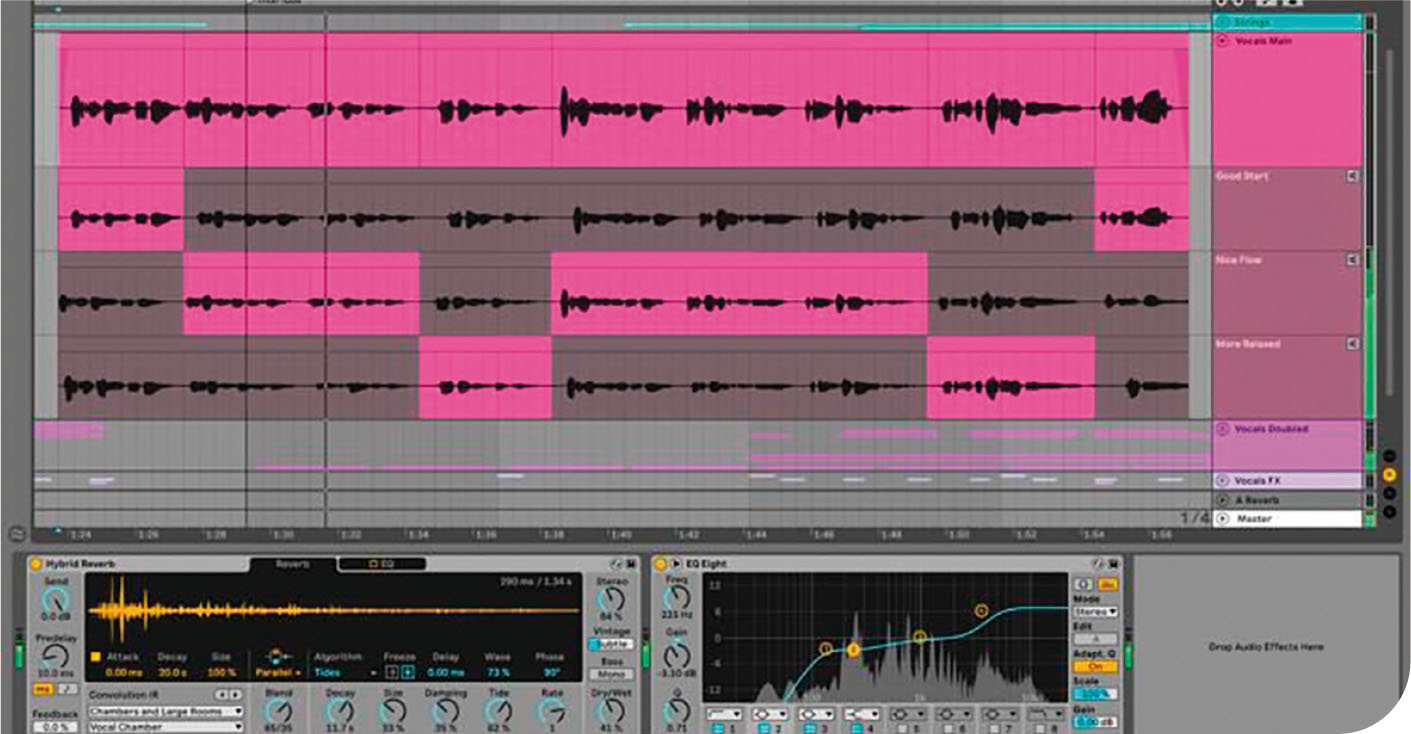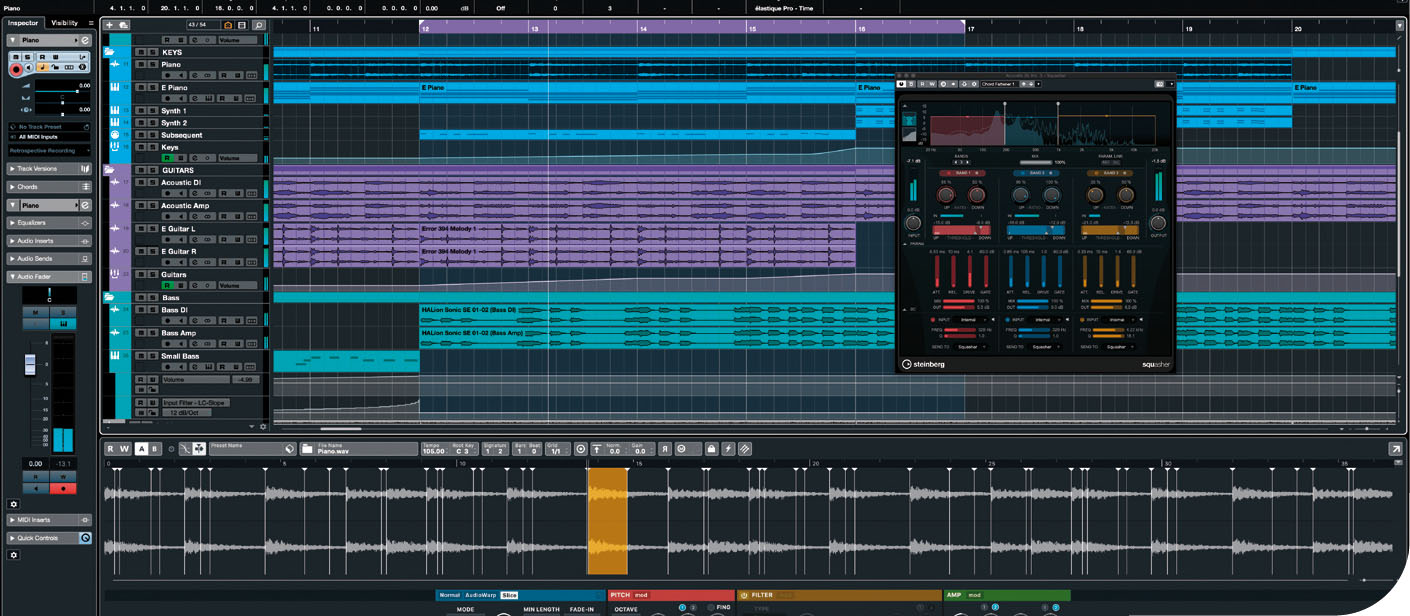
Something that has been popping up repeatedly on music education social media in recent months is that schools are asking their music departments to change DAWs (digital audio workstations) and computer operating systems. However, if you have been using the same system for years, this might seem like quite a daunting prospect.
Why change?
One of the questions that needs to be addressed first is why the school is asking you to change DAW or operating system. Most schools run a largely Windows-based network and running a separate Mac or Linux room adds complication to network management. The issue of getting different operating systems to talk to each other is not insurmountable, but depending on how confident your IT staff are, it might be more than they are able to commit time to.
Another issue is cost. Windows machines tend to be cheaper than Apple devices, and although longevity business cases should be weighed up by schools, even with this considered, bottom lines do have to be taken into account; and there is no getting away from the fact that a Windows PC will be cheaper than an iMac.
What to change to?
The comments on social media seem largely to be about schools that have previously had Macs in their music departments but must now move to PCs. The only real reason that one might move the other way in a music department is to use GarageBand or Logic. Macs are not inherently ‘better’ than PCs and Logic certainly isn't the gold standard in DAWs – it's just one option from several other equally suitable products. Therefore, if you don't need Logic, definitely consider switching to a suitably powerful PC.
Software choices
The world of DAWs is now quite big and there are products to suit every price point and educational need. I would place most pieces of software into two very broad categories: Entry level and professional.
Entry-level software compatible with PCs can be free or cost very little money but will often contain a limited feature set. It's likely that the software will contain a lot of scaffolding to aid users of all abilities to create music quickly, and with minimal prior knowledge of either music or the software. Examples of this include:
- Soundtrap
- BandLab
- GarageBand
Professional software is, as the name suggests, software that is of a standard that can be used for professional work. This tends to have a steeper learning curve with less scaffolding and a more complex user interface. On the other hand, it does have the capability to allow students to progress as far as they like with music creation to A Level standard and well beyond. Examples of this include:
- Cubase
- Pro Tools
- Ableton Live
There are, of course, grey areas. Some software manufacturers offer simplified versions of their software to aid users that don't need the feature set of professional level software. These tend to remove features that a lot of pro users don't even use. Examples of this included Cubase Artist & Elements and Ableton Live Lite.
Which to choose?
Well, unfortunately, I can't answer that one for you because my answer would probably depend on your specific circumstance. If you are running some basic music classes for a Key Stage 2 class and simply want students to put some loops together, sing over the top, or maybe play a simple melody, then anything from the entry-level category will be more than adequate.

Ableton Live
However, if you want to do a film composition module with Key Stage 3 or 4, then you might need a slightly more professional piece of software because a lot of the entry-level platforms don't offer the option to import film. Film files tend to be quite large and tend to need to run on the computer, so web-based DAWs often struggle with this because they are strangled by internet speeds.
Another point to consider is future proofing. It's worth considering whether the software you explore can keep up with students’ skills as they progress. An entry-level piece of software might be suitable for the short-term, but it is worth exploring upgrade options for more advanced features as teacher and pupil experience develops. Explore what options are behind paywalls or in more expensive versions of the software and what the costs are to upgrade once more features are needed.

Cubase
Summary
The ultimate aim of this article is to reassure. If your educational establishment is insisting that you use a particular operating system, don't worry. There are plenty of pieces of software to suit every need. My main recommendation is to really think about what you need to be able to do with your DAW. This will depend on your Key Stage and your specific setting, but do think about future development as well. Do some research and come to an informed decision, but if you are still unsure, seek advice from colleagues in neighbouring schools or from impartial advisors such as myself.








